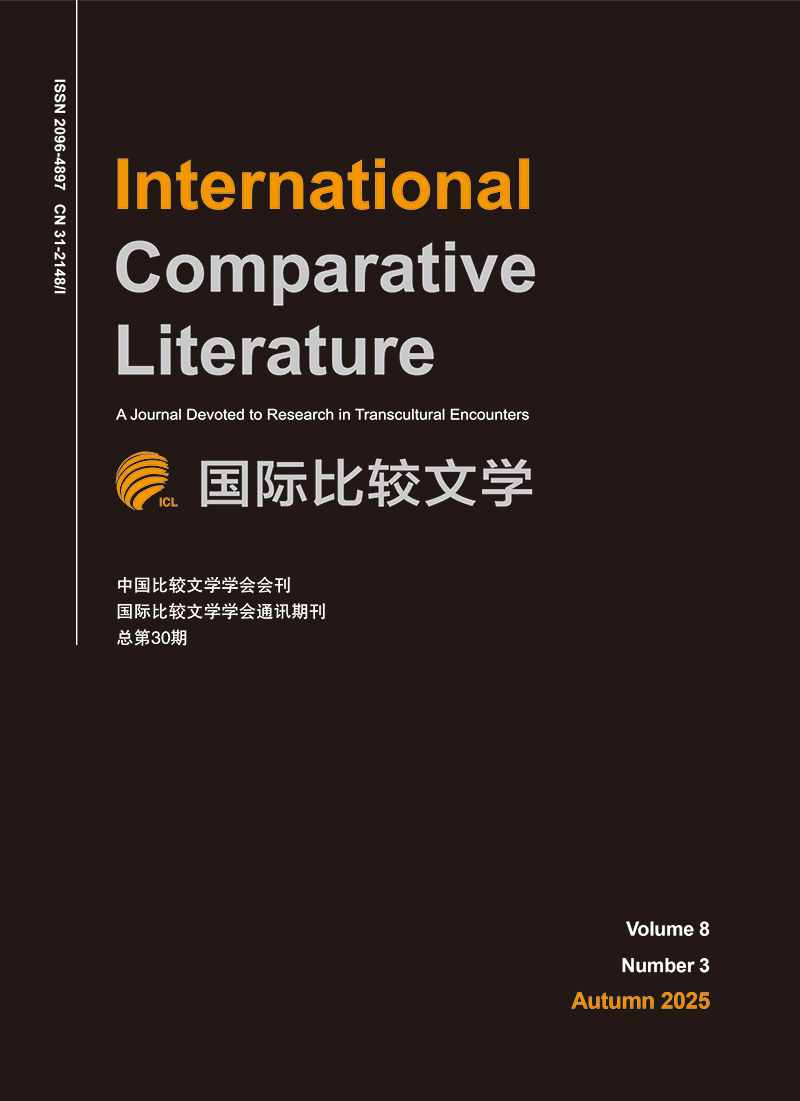-
摘要: 天曹地府祭不仅在平安京流行,也在东国流行。其形成时间可以追溯到治乘年间。其目的有治病和消除天变引起的灾祸,也有为了打胜仗的,可见目的的多样性。天曹地府祭往往与泰山府君祭同时举行,二者关系密切。天曹地府祭与泰山府君祭有八位共同的祭神,10世纪初期形成的泰山府君祭是在六道信仰的基础上再编而成的。在古籍文献中,天曹地府祭的“曹”被写成“曺”,“曺”作为“曹”的异体字可以追溯至中国的典籍,“曺”与“甲胄”的“胄”字体类似,阴阳家据此创设使用“曺”字,以显示其神秘和权威。从《今昔物语集》《冥报记》等文献可以看出,天曹地府祭的形成得益于中国的典籍,与汉文文献在东亚的传播有很大关系。Abstract: Tiansouchifusai was popular not only in the capital city of Heian-kyō , but also in eastern Japan . It came into shape during the Chisyou Period. The intentions of the sacrificial rite ranged from curing diseases and reducing the impact of natural disasters to winning battles,which demonstrates the diversity of its purpose. Tiansouchifusai tended to be held at the same time with Taizanfukunsai, and the two were closely related. The two rituals had eight gods in common. Taizanfukunsai, which was initially established in the early tenth century, was based on the worship of the Six Great Divisions. In ancient canons, the Chinese character “曹” in Tiansouchifusai was often written as “曺.” The history of “曺” being taken as a variant of “曹” can be traced back to the Chinese classics. On a separate front, “曺” was similar with ‘胄’,which inspired Onmyouji to use “曺” creatively in order to show its mysteriousness and authority.We can see from ancient books such as Konjaku Monogatari and Meihouki that the formation of Tiansouchifusai benefited from Chinese classics, and had a lot to do with the circulation of Chinese canonical texts in East Asia.
-
Key words:
- Tiansouchifusai /
- Konjaku Monogatari /
- formation /
- China /
- canonical text
-
[1] . 安田章《铃鹿本今昔物语集——影印与考证——》,京都大学学术出版会,1997年。 [2] . 病毒文化博物馆编《安倍晴明与阴阳道展》,读卖新闻社,2003年。 [3] . 村山修一《阴阳道基础资料集成》,东京美术,1987年。 [4] . 村山修一《日本阴阳道史话》,大阪书籍,1987年初版,2001年平凡社复刊。 [5] . 村山修一《日本阴阳道史总说》,确书房,1981年。 [6] . 《法藏敦煌西域文献》21,上海古籍出版社,2002年。 [7] . 服部敏良《王朝贵族的病状诊断》,吉川弘文馆,1975年。 [8] . 宫田尚《今昔物语集震旦部考》,勉诚出版社,1992年。 [9] . 高桥贞一《训读玉叶》全八卷,高科书店,1985—1990年。 [10] . 《高山寺古典籍纂集》,东京大学出版会,1988年。 [11] . 黄永武主编《敦煌宝藏》第八册,台湾新文丰出版公司,1982年。 [12] . 《日本绘卷物全集》六,角川书店,1960年。 [13] . 《日本绘卷大成》七,中央公论社,1977年。 [14] . 三田明宏《关于〈冥报记〉及其作者唐临》,说话研究会编《冥报记的研究》第一卷,勉诚出版,1999年。 [15] . 山下克明《阴阳师再考》,《平安时代的宗教文化与阴阳道》,岩田书院,1996年。 [16] . 山下克明《阴阳道的典据》,《平安时代的宗教文化与阴阳道》岩田书院,1996年。 [17] . 小坂真二《天曹地府祭》,《悠久》95号,2003年。 [18] . 小田义久《五道大神考》,《东方宗教》四十八号,日本道教学会,1976年。 [19] . 小峰和明校注,新日本古典文学大系《今昔物语集》,岩波书店,1999年。 [20] . 增尾伸一郎《朝鲜的佛道二教与巫俗的交涉——附朝鲜本〈佛说广本太岁经〉影印——》,《东京成德大学纪要》五号,1998年。 [21] . 增尾伸一郎《阴阳道的形成与道教》,林淳、小池淳一编《阴阳道的讲义》,嵯峨野书院,2002年。 [22] . 竹内理三《古代天皇制与社会构造》,校仓书房,1980年。 [23] . 竹村信治《成立与编者》,小峰和明编《为了学〈今昔物语集〉的人们》,世界思想社,2003年。 [24] . 宅间直树、高田义人《阴阳道关系史料》,汲古书院,2001年。 -

 点击查看大图
点击查看大图
计量
- 文章访问数: 331
- HTML全文浏览量: 44
- PDF下载量: 13
- 被引次数: 0



 下载:
下载:

